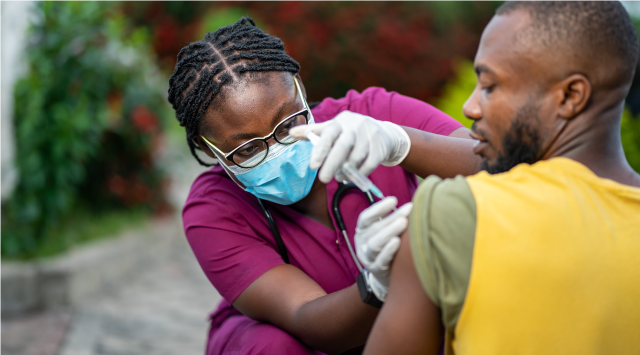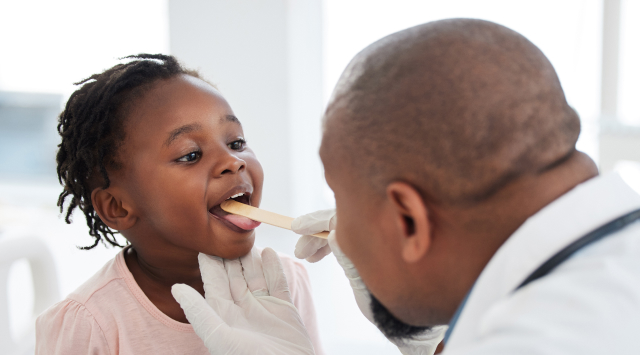

Sponsored
3.0 General Points
3.0 Max Points
Level 2

Sponsored
3.0 General Points
3.0 Max Points
Level 2

Sponsored
3.0 General Points
3.0 Max Points
Level 2

Sponsored
3.0 Ethics Points
3.0 Max Points
Level 2

Sponsored
1.0 General Point
1.0 Max Point
Level 2